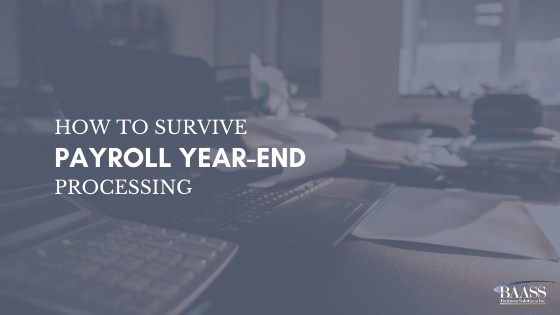This is an article I read from http://whatiserp.net/ and it is quite true that ERP implementation ultimately should show better financial results.
Organizations can invest in continuous learning and implementation of best technologies but at the end of the day that investment should bring financial return.
As quoted by one of the Dragons Kevin O’Leary, “We are here to make money and I happen to run a hedge fund company”. So every business out there wanted to create wealth.
The following article explains how an ERP implementation should be done to assist organizations to create profits through a successful ERP Implementation.
Organizations make a decision to purchase an ERP solution for a number of reasons; however it all boils down to one key advantage: profits. ERP solutions enable us to improve data processes and wipe out waste to build the most efficient organization possible, giving extra space to get things accomplished along with turning a healthy gain. There is no embarrassment in acknowledging that a business is revenue-driven and that ERP is developed to raise profits even greater than many businesses thought possible. By using an appropriate ERP solution, a good business can turn into a great business.
Even so, it’s no secret anymore that deciding to invest in an ERP system carries many risks. Investing in ERP requires a significant upfront expenditure both in money and time, therefore mishandling the process of ERP implementation will have negative impacts for a business that failed to plan well for the changes that ERP can bring.
Thankfully, it is not complicated for a company owner to take some little steps that can help ensure their company ends up reaping all the advantages ERP has to offer. Paying attention to detail, preparing in front along with fighting off the temptation to cut corners will help management make their ERP investments worthwhile.
1. Understand. Prior to investing in ERP, it’s necessary that business owners know all the ins and outs of their organization process. Understanding the way the enterprise works will surely help an executive see where ERP can remove redundant data entry, streamline processes, also work to make the company more efficient. Knowing the business characteristics is fundamental for selecting the right ERP system then applying that system in the most appropriate method.
2. Plan. Perhaps it sounds simple, yet lots of business owners think that they will just “wing it” when it comes to ERP systems. The truth is that choosing to only take on problems as they come up is actually much less effective when compared with planning for potential problems and also handling stressful situations long before they erupt into big ERP mishaps.
Planning indicates making — and sticking to — schedules. When business owners want their ERP implementation projects to execute well, they need to set deadlines for every step of the implementation process, schedule days for training, and have a backup plan in case the implementation process takes longer or costs more than predicted. Having these kinks worked out prior to embarking on the process of ERP implementation is obviously a good strategy to stay on track for ERP success.
3. Budget. As the investor rule of thumb, high risks signal huge possibilities to get rewards. ERP can be a big financial risk, but it can offer good financial rewards when successful. That is why the most significant step for becoming an ERP success story is setting up budget properly.
There is no secret that many ERP projects go way over their budgets, some time thousands greater than estimated, and then end up falling along the wayside, uncompleted and idle, reaping no benefits. In order to avoid that occurrence, business owners keen on ERP should be very careful to calculate all the expenditures, hidden and obvious, of ERP investment — covering not just the initial software costs but also the maintenance, training and upgrade fees, that can add up. BAASS Business Solutions is one of the only value-added resellers of Sage Software to offer a fixed-fee on ERP Implementation. We guarantee that you will know the exact cost of the entire process BEFORE we even begin.
4. Train. Another main reason for ERP failure is that employees who either don’t know or don’t care how the new system works. It’s common for staff members to feel some resistance to change, and also management should even expect it. That’s why it’s so critical to ensure employees are appropriately prepared in handling the new system. Employees who think they are ready to deal with ERP are less likely to report being unhappy using the new system.
Moreover, well-trained employees are prepared to use ERP, thereby eliminating a few of the issues that may occur when adjusting to the different system.
You would not let somebody run a vehicle without sending them to driver’s ed. Likewise; you should not permit your personnel to use ERP until they have been adequately educated to do so.
5. Commit. Decision makers who are not fully committed to their ERP projects are lining themselves up for failure. ERP requires a good deal of investment — both fiscal and emotional. Your ERP will need to become a major priority in the company for the ERP system to pay off.
6. Follow through. Dealing with ERP does not end once the process of implementation has ended. Like some other software, ERP is usually changing at a rapid pace and also requires regular upgrade and maintenance to perform at its best. Keeping track of enhancements and installing them quickly, along with following through using all planned maintenance, will have you enjoying the benefits of ERP achievement for a long time.
Investing in ERP is definitely risky, but it carries the promise of excellent achievements when executed appropriately. Following these steps will be a proven way that business owners can work to make sure that their own ERP story is a success.

